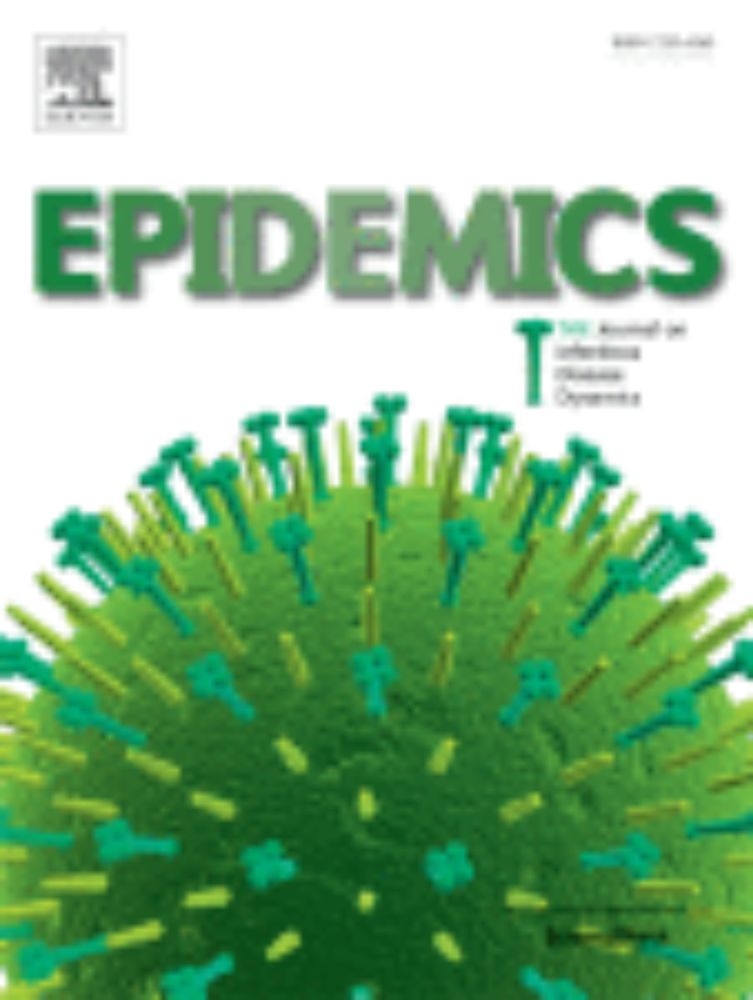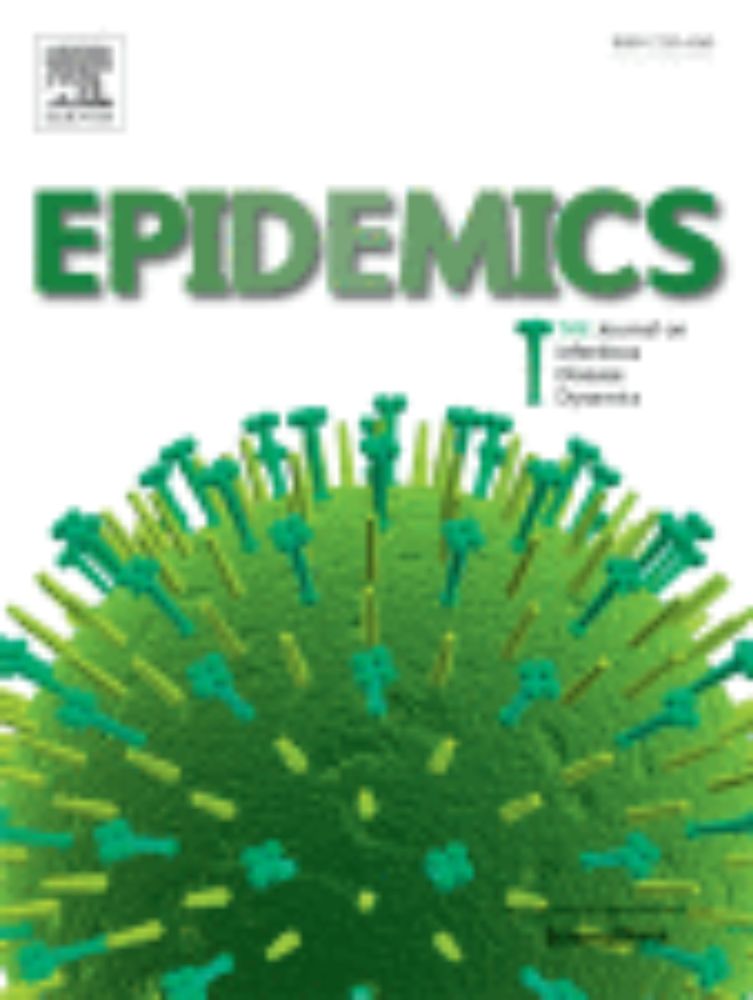(1/18)
(1/18)


We're excited to share our new paper, serojump, a new probabilistic framework and R package for inferring infections and antibody kinetics from longitudinal serological data.
📄 Full paper: tinyurl.com/re7du3t2
R package: seroanalytics.org/serojump
We're excited to share our new paper, serojump, a new probabilistic framework and R package for inferring infections and antibody kinetics from longitudinal serological data.
📄 Full paper: tinyurl.com/re7du3t2
R package: seroanalytics.org/serojump
tinyurl.com/5abbxrjh
Get in touch for more info! Deadline 4th August.
1. Variation in pooled Ct values from mosquito traps reflect underlying biological and epidemiological mechanisms.
2. WNV prevalence estimates are improved by using Cts rather than +ve/-ve pool status.
We use pooled Ct values from mosquito surveillance to estimate West Nile virus prevalence—without binarising the data.
Joint work with Ian Marchinton, Joseph R. Fauver & James Hay.
Check it out: www.biorxiv.org/content/10.1...
1. Variation in pooled Ct values from mosquito traps reflect underlying biological and epidemiological mechanisms.
2. WNV prevalence estimates are improved by using Cts rather than +ve/-ve pool status.
tinyurl.com/5abbxrjh
Get in touch for more info! Deadline 4th August.
tinyurl.com/5abbxrjh
Get in touch for more info! Deadline 4th August.
1. Variation in pooled Ct values from mosquito traps reflect underlying biological and epidemiological mechanisms.
2. WNV prevalence estimates are improved by using Cts rather than +ve/-ve pool status.
We use pooled Ct values from mosquito surveillance to estimate West Nile virus prevalence—without binarising the data.
Joint work with Ian Marchinton, Joseph R. Fauver & James Hay.
Check it out: www.biorxiv.org/content/10.1...
1. Variation in pooled Ct values from mosquito traps reflect underlying biological and epidemiological mechanisms.
2. WNV prevalence estimates are improved by using Cts rather than +ve/-ve pool status.

emploi.cnrs.fr/Offres/CDD/U...
emploi.cnrs.fr/Offres/CDD/U...
emploi.cnrs.fr/Offres/CDD/U...
emploi.cnrs.fr/Offres/CDD/U...
Thread below:


doi.org/10.1101/2024...
1/

doi.org/10.1101/2024...
1/

youtu.be/Ux6yDWO_c8I
youtu.be/Ux6yDWO_c8I
Thread below:
Thread below:
www.medrxiv.org/content/10.1...

www.medrxiv.org/content/10.1...

